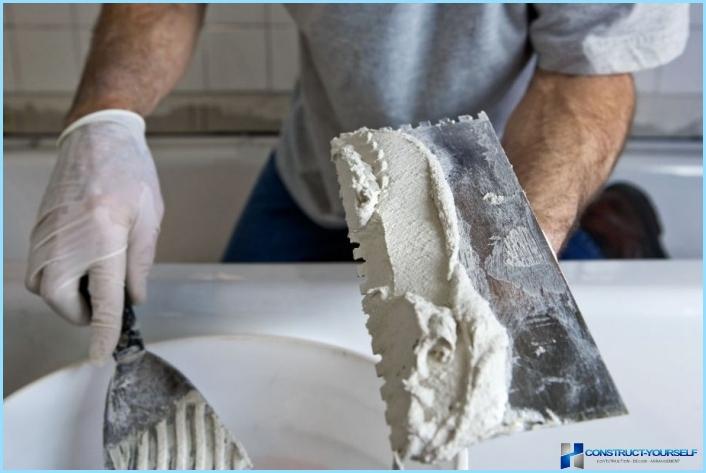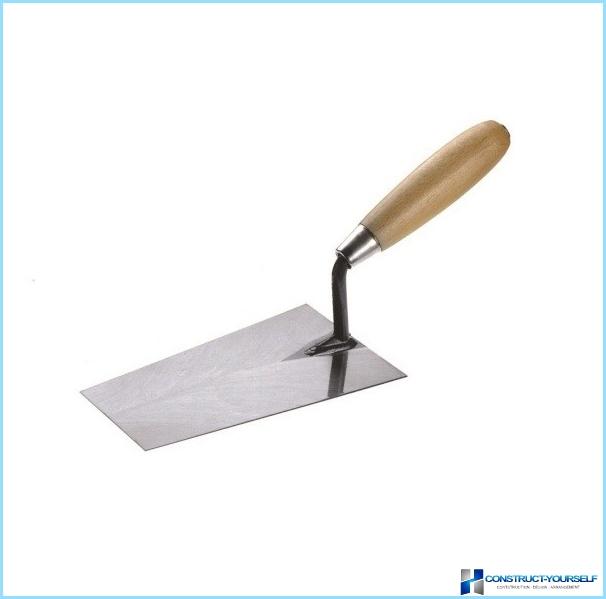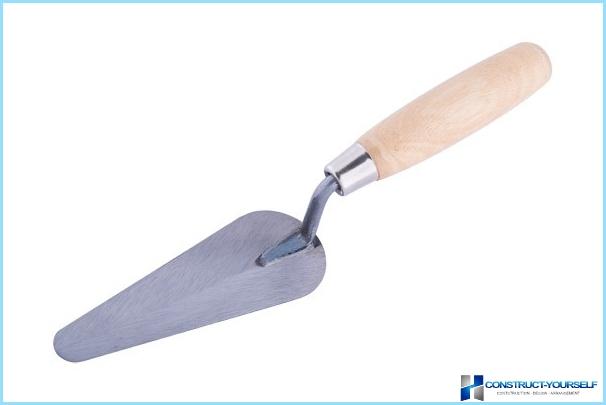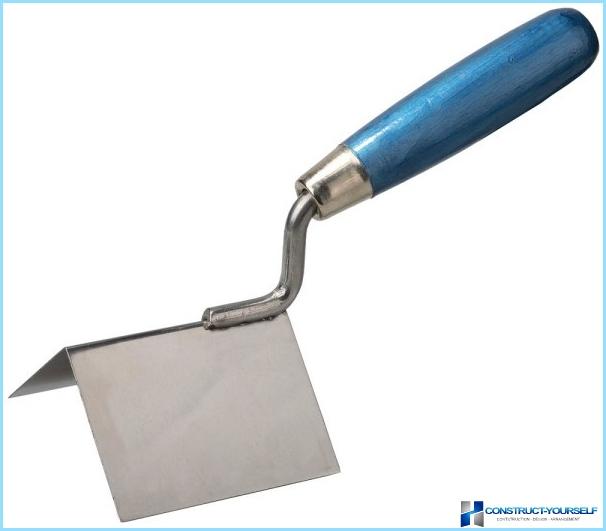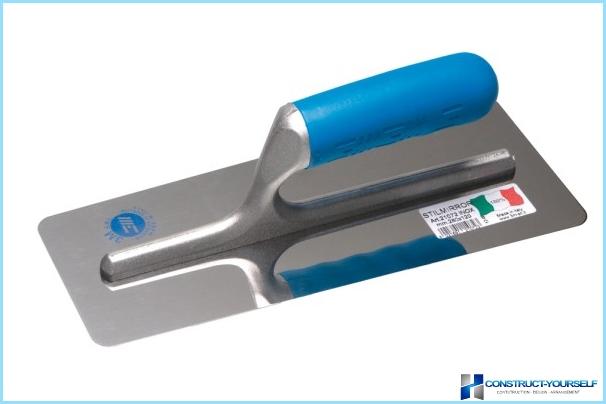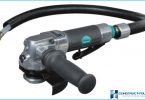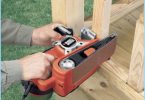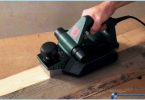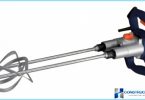The contents
To fulfill the plaster walls, you need a few things: knowledge, skills and a suitable tool. In the absence of one of these components, quality to align the plaster surface to fail. And if the knowledge and skills – purely individual things that are learned, the necessary tools, you can easily buy and get to work. You should have some idea about them.
In this article, you will find answers to the following questions: what tools are used for plastering of walls which operations need each of them and how to use them.
Hand tools for plastering ↑
Painter, plasterer must have a standard set of tools for plastering walls. Most of them are universal, but there are those who have a very specialized meaning. If you want to build an Arsenal for a certain job, it is important to know the task you want to perform. They can be very different: from simple plastering the walls of the house, shed or garage, to the technical plaster facade with the application of the relief.
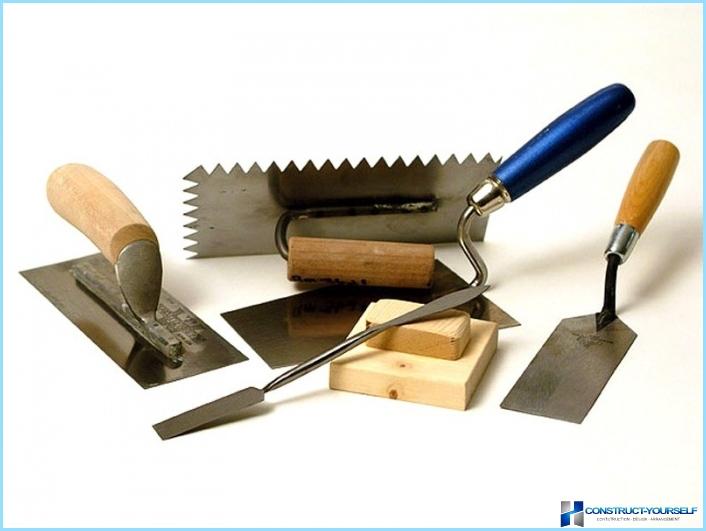
Depending on this, the choice of tools will be different. Let’s look at a hand tool for plaster walls, used in a particular case. They can be divided into 3 categories:
- Blade, for plaster application.
- Tools to create patterns.
- A trowel, float and rules.
From this tutorial you will learn how to choose and use professional tools, the presence of which is necessary for the plasterer.
Tools for training walls ↑
Where to begin any repair work? With training. It is known to all, as without it your work may come to nothing. The same applies to plastering the walls. The surface you want to process and prepare it for further manipulation. The old coating is removed: paint, Wallpaper, plaster, etc. What tools you will need?
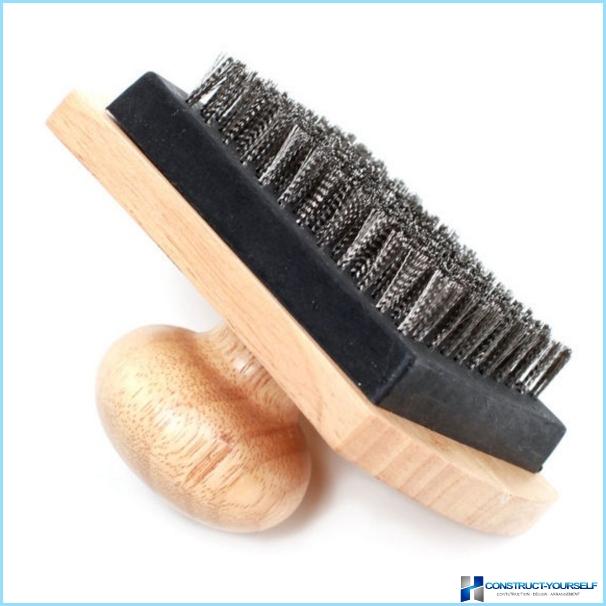
To remove paint use a wire brush, putty knife or coarse sandpaper. Simple mechanical effects of the paint is easy to remove it from the wall. To facilitate the work, you can use this tool to remove enamel. When you need to strip off old Wallpaper, the best fit spatula. It is easy to remove the canvas, leaving particles on the wall. Plaster that is poorly kept, knock with a hammer. After the surface is cleaned, you can proceed to the main form of operation – application solution.
Than apply plaster ↑
The main tool which is necessary is the trowel. What is a trowel for plaster walls? This blade, which pounces on the plaster surface. This is the most important tool that should be in the Arsenal of the plasterer. Kel has many varieties. They differ in the shape of the blade and handle allowing you to do the job carefully and efficiently. You should know what suits each of them.
- Trowel for finishing. It looks like a spatula and has a shape similar to an elongated trapezoid. Fit in order to mix, throw and spread the mixture over the surface. Convenient for filling joints and recesses. Often used for filling of joints between sheets of gypsum. It is convenient to remove the old plaster.
- Trowel otrezovka. Ideal for processing complex architecture with small details. Plaster curved cornice, pilasters or columns without it is simply impossible. Such work is very thin. Otrezovka has a narrow and short leaf suitable for jewelry work.
- Trowel for corner treatment. To make the corner perfectly smooth, there are 2 types of tool: husk, to handle inside corners, and usanca to the outer corners. They are bending the respective corner.
- Trowel Venetian. She used to work with decorative plaster. Unlike the previous types, it’s longer and has a rectangular shape. Its corners are rounded, which allows you to leave scratches on the surface. Handle to not be side and in the center. It can be wooden, plastic or rubber.
This difference makes it easy to work with decorative mixture, because it is much more plastic and it is applied in a thin layer. To run the screed, trowel must be perfectly smooth. Material for the manufacture is mirror-polished stainless steel. The size of the web can be the following: 200?80 mm, 240?100 mm, 280?200 mm Levelling layer is applied with a cloth more, but subsequent layers – less.
Plaster bucket and Falcon ↑
Another tool that can work with the finished plaster – bucket or hopper. What is it for? On a vertical surface, the mixture can not only apply, but also to throw. This can be done with a trowel, picking up a portion of the solution from the reservoir or from the Falcon. However, to increase the speed of applying the solution, you can use the bucket. The tool is conventional and pneumatic. This method is innovative. A powerful compressor allows you to apply the stucco with the speed up to 60 mTwo per hour. Under the influence of compressed air, the solution was applied to 40% more economical.
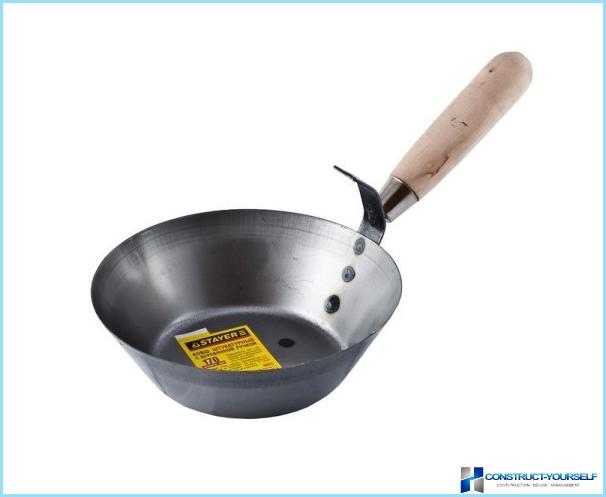
Of course, most artists use ordinary putty knife and a trowel, which is also indispensable. It’s a versatile tool familiar to everyone. His paintings have different widths, allowing to work on any surface. Still using the hopper, you can increase speed and save resources.
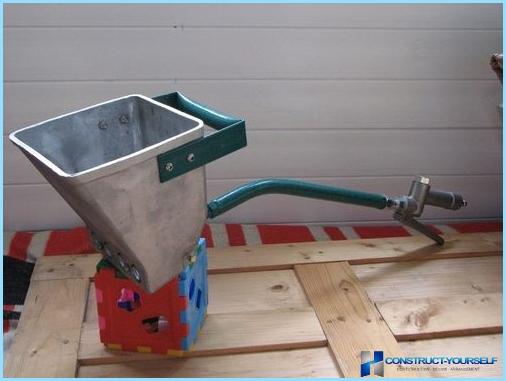
No plasterer will not be without Falcon – square plastic or metal platform with a handle in the center. He reminds me of a Venetian trowel. Basic dimensions: 250?250 mm and 400?400 mm Is a versatile tool, it can spread the mixture on the surface, and can be used as a portable dispenser. The solution is superimposed on a hawk and trowel or spatula applied on the wall, which reduces approaches for mixture.
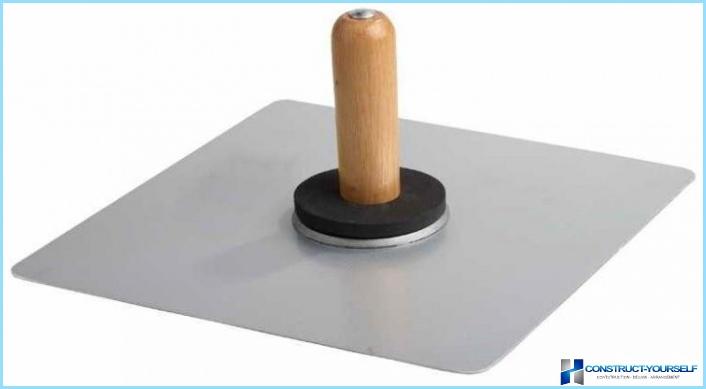
The rule, trowel and float ↑
All of these tools combined into one the subtitle is not in vain. They are made on the same principle, but suitable tools for performing different operations. A rule is called a long wooden or aluminum plate having the cross-section. It may be different, depending on the purpose of the tool. What do the rule? All work rule when plastering the walls is their alignment, and quality control of the screed.
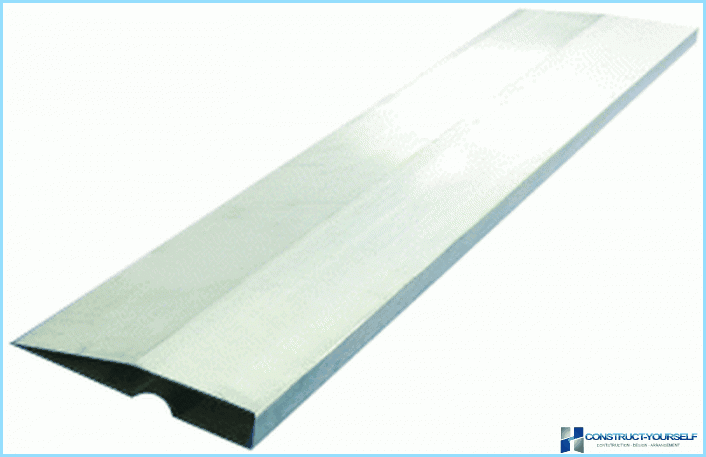
There are products with straight and smooth edge is used for leveling the plaster coat. Such a great easy rule to make the wall perfectly smooth with a few strokes. Enough roost the mixture to the wall with a trowel, spatula or a ladle and then distribute it over the surface rule. Simply, quickly and efficiently. And to prepare a surface for tile suitable rule with a scalloped edge. They can make a smooth groove for a quality clutch.
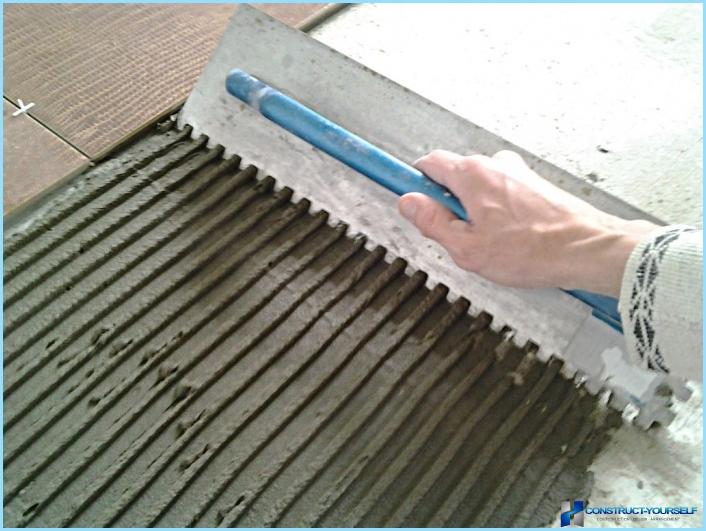
After all the work on the plaster, it should be floated. It is for this purpose invented a grater. It resembles a Venetian trowel, only made of plastic or wood. Her canvas is unusual. For rubbing his veneer of foam or sponge. For practicality, the fabric is made removable.
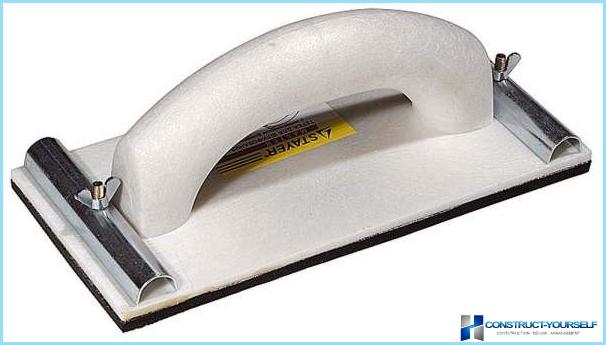
Float can eliminate the apparent error of the screed. But the trowel is used high-quality smooth surface of the last layer. It is larger and its surface is smooth.
What to do for relief ↑
In addition to the banal stucco walls, the master can perform a noble and beautiful terrain. It will make the surface noble and attractive. While subsequent work on the decoration of the walls is not required. What are the tools used for work?
One of the first – the Bouchard. What is he like? This heavy hammer is made of metal. Impact on the working surface it has teeth. There are pneumatic and mechanical Bouchard and heads for the punch. What is its purpose? It is used for applying cuts on the brick or masonry on the smooth surface of concrete that requires plastering. With Bouchard, you can perform one of the ways of decorating plaster: treating the hardened screed.
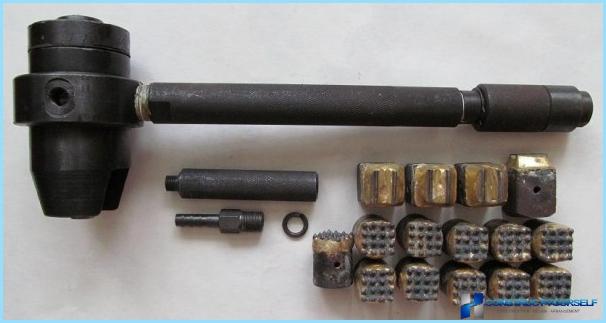
To create intricate patterns, you’ll need the following tools:
- a rubber or foam cushion with a pattern;
- stencils and stamps for plaster;
- other handy tools: sponge, comb, ruler, etc.
Here everything is simple. Rubber roller has different patterns and designs that you pick yourself. Everything depends on desire and imagination. The market has a wide range of products that you can choose. What is the job roller? Nothing complicated: after applying plaster on the wall, you should roll the roller down or left and right, giving the surface a texture. Ready patterns can be alternated, as manufacturers make cylinders with rollers that are removable.
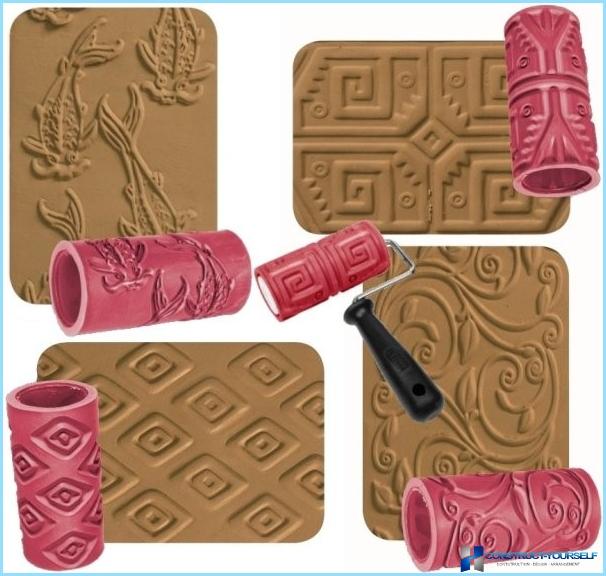
With the stencil is even easier. He is glued to the surface, superimposed on top of the plaster and once dry, the stencil is removed. The result is a beautiful pattern that will make the surface of the original.
These are the basic tools required to complete the stucco walls. If they are in your Arsenal, then the work will be done in the best way.

